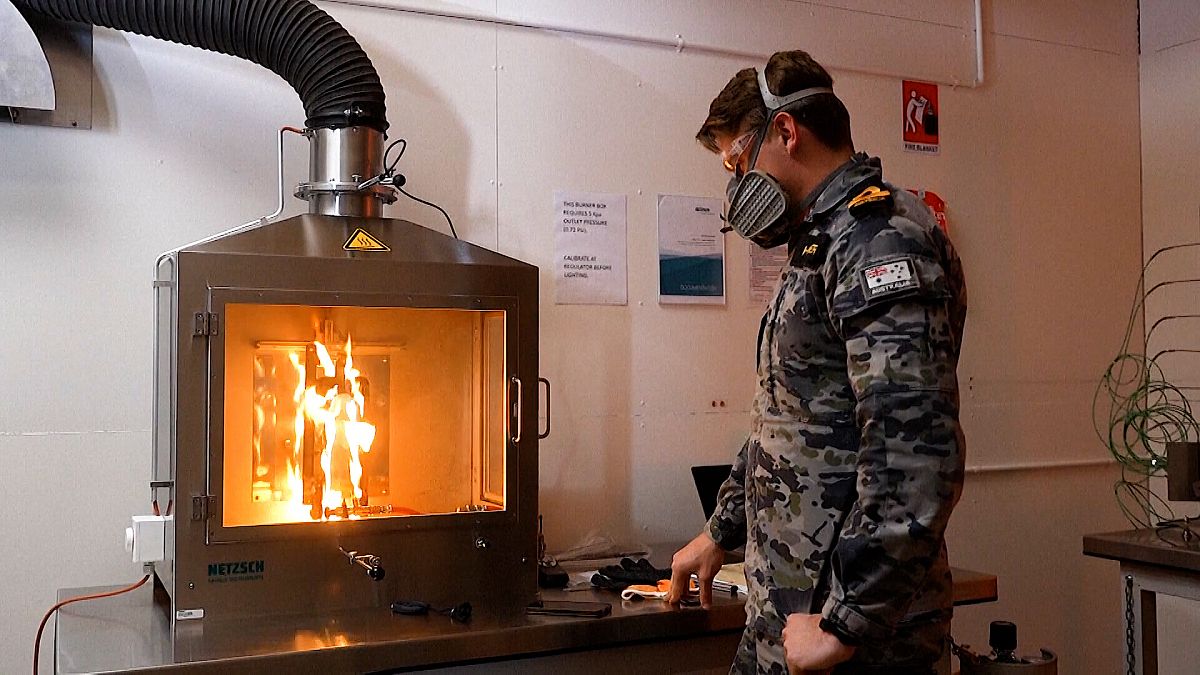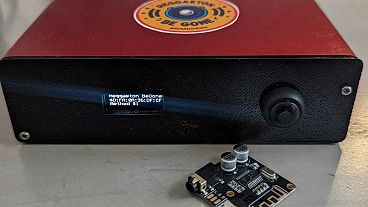The new "Pyrometric Laboratory" allows students and scientists to measure how quickly materials and objects are consumed by flames.
In a new laboratory at the University of New South Wales in Australia, students are playing with fire, albeit with a pretty serious end goal: developing more fire-resistant materials to better protect homes and firefighters.
Inside the facility, Jonathan Lu, a mechanical engineering student, is applying open flames to protective firefighting uniforms to examine how the clothes fare in withstanding the fire, looking closely at how the flames spread and how quickly they ignite.
"Getting to see how the material physically forms and under those types of conditions and being able to play around with fire is always a bit of fun. Safely, of course,” says Lu.
The aim is to come up with findings that can be used to develop more fire-resistant uniforms in the future.'
A world of opportunities'
Meanwhile, another mechanical engineering student, Matt Hordern, is focussing on another element.
He’s using the lab to examine the production of toxic gas by setting fire to car parts.
"Obviously, a bit of smoke comes off, but what's contained in that smoke? So, looking at different gases that are produced and what kind of effect that can have on people,” explains Hordern.
The lab can be used to test any kind of material and for lead researcher, Maryam Ghodrat, it opens up a world of opportunities.
"What we aim for is to contribute to firefighting protective clothing and building material, in terms of the roofing, the wall and different parts of the facades of the building and make them more fire resistant," the senior lecturer in mechanical engineering said.
For more one this story, watch the video in the media player above.



